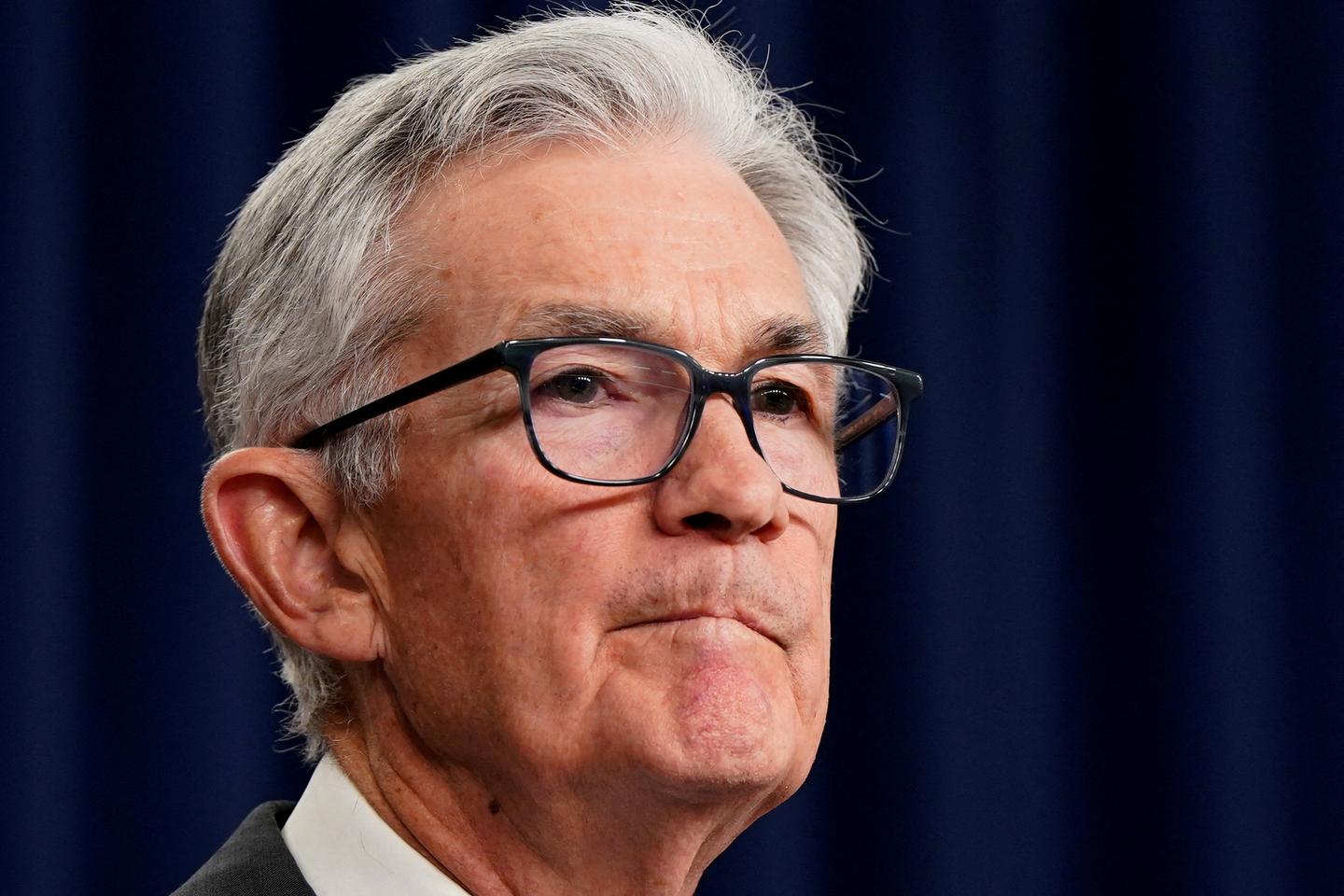


Saving Private Powell. Such is the rallying cry of the day, as rumors swirl that Donald Trump intends to fire Fed Chairman Jerome Powell if he returns to office. Trump had considered impeaching him during his term, but he had been dissuaded by his advisers, who believed he didn't have the power to do so. According to the Wall Street Journal's, a re-elected Trump might have no such scruples.
Worse still, according to the newspaper, some of his advisers even want to abolish the central bank's de facto independence. Candidates for the Fed presidency would have to agree in advance to discuss their monetary policy "in private" with Trump.
This remark is not to be taken lightly. The independence of the Fed, created in 1913 after the banking panic of 1907, has not always been guaranteed, far from it. Its task is made difficult by its complex dual objectives of full employment and price stability. The latter was not formally spelled out until a reform in 1977, at the height of the inflation surge.
When World War II broke out, the bank was under the White House's control. It set interest rates at artificially low levels, around 2.5% over ten years, to finance the war effort. The policy was extended after the war, amid soaring unemployment, in a country haunted by a return to the 1930s Depression. It caused inflation to soar again in 1951 (21% year-on-year in February 1951, 7.9% for the year as a whole) and led to a clash with President Harry Truman. The conflict ended when an agreement laid the foundations of the modern Fed: The Fed stopped artificially fixing rates and did not monetize Treasury debt.
America prospered until inflation returned with the Vietnam War in 1965, followed by the oil crises of 1973 and 1979. The Western world was still under the rule of Keynesianism, according to which inflation doesn't matter as long as there's growth. Instead, stagflation prevailed.
Real poison
Fed Chairman Arthur Burns (1970-1978), a former adviser to Richard Nixon, pursued an easy monetary policy to facilitate the president's re-election in 1972. His successor, George William Miller, appointed in 1978 by Democratic president Jimmy Carter, fared worse: The same year, the dollar collapsed by a third against the Deutsche mark, with price rises reaching 13.5% in 1979. Miller was dismissed from the Treasury by Carter, who appointed Paul Volcker instead. Even before Ronald Reagan's election in 1980, the era of Keynesianism was over, replaced by monetarism. Volcker let interest rates soar. The economy suffered two terrible recessions in the early 1980s before inflation was finally under control.
You have 31.55% of this article left to read. The rest is for subscribers only.
